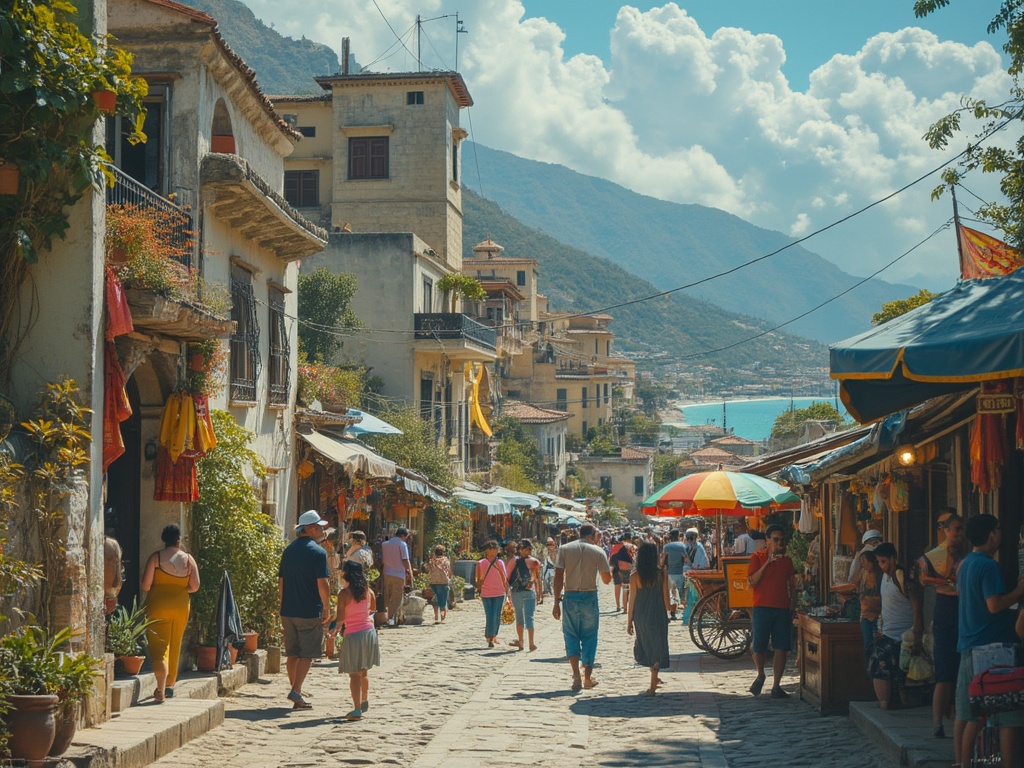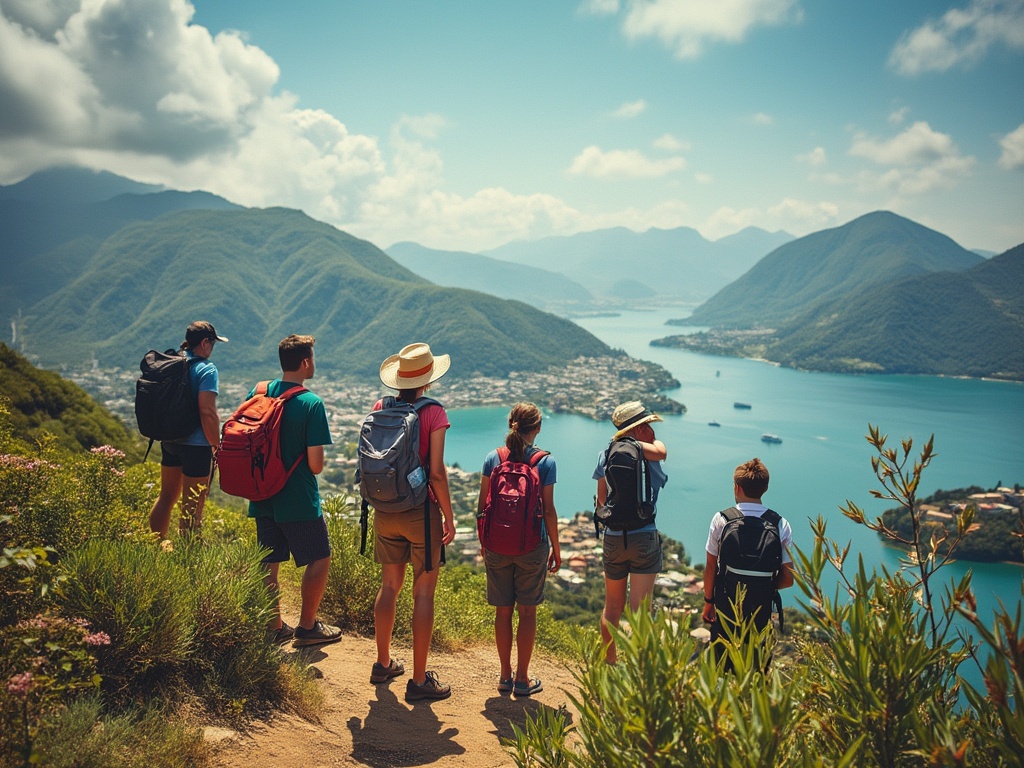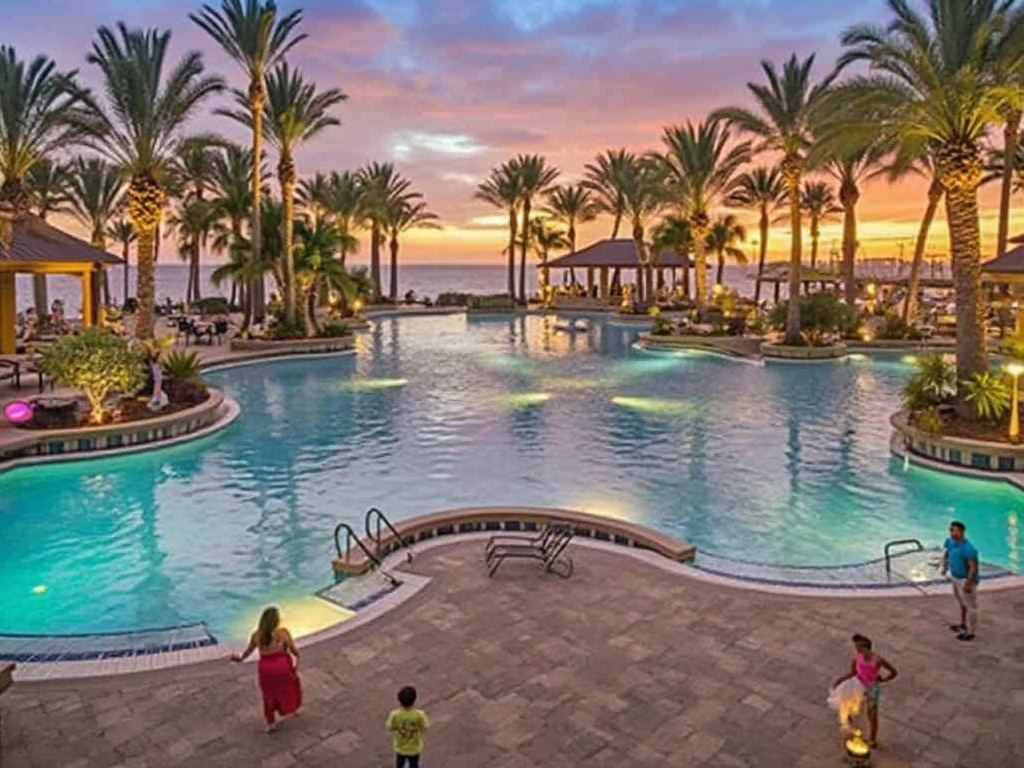Milos stands as a serene Greek paradise, drawing just 150,000 annual visitors compared to Santorini's overwhelming 2 million tourists. This scenic volcanic island boasts 75 distinct beaches across its landscape. From the stark white formations of Sarakiniko to the vibrant pebble shores of Paleochori, every vista tells a unique geological story. Quick 40-minute flights from Athens make this hidden treasure easily accessible.
Key Takeaways:
- Milos delivers dramatic volcanic scenery and captivating views matching Santorini's appeal, but with fewer crowds and more affordable stays
- The island's 75 beaches spread across 160 square kilometers remain peaceful, reaching only 30% capacity in peak months
- Local residents maintain their authentic Greek lifestyle, actively running businesses and living in traditional villages
- Prime visiting periods fall during April-May and September-October, offering pleasant temperatures and smaller crowds
- Travel options include convenient daily flights from Athens (40 minutes) or regular ferry connections from Piraeus port (3-4 hours)
Escape the Crowds: This Secret Greek Island Rivals Santorini's Beauty
Why Now Is the Time to Explore Hidden Greece
Greece's surging tourism poses both opportunities and challenges. According to the Greek Tourism Ministry, visitor numbers will reach 35 million in 2024, marking a 7% rise from previous years. This growth has pushed revenue projections to €22 billion, but it's created bottlenecks in popular destinations like Santorini.
The influx brings practical concerns for travelers:
- Overcrowded photo spots at Santorini's famous blue domes
- Long wait times at restaurants and attractions
- Inflated accommodation prices during peak seasons
- Limited authentic cultural experiences
- Difficulty booking transportation between islands
These challenges highlight the value of choosing lesser-known islands that maintain Greece's authentic charm while offering similar stunning views, pristine beaches, and cultural richness – without the overwhelming crowds that now define Santorini's tourism landscape.
A Hidden Gem in the Dodecanese
Rising Tourism in the Greek Islands
The Dodecanese islands have seen a notable surge in popularity, with arrival numbers climbing 11.4% from January through July 2024. These stats show a clear shift in traveler preferences, as visitors search for authentic Greek experiences away from packed tourist spots.
I've found several compelling reasons why this cluster of islands stands out:
- Ancient ruins and Byzantine churches dot the landscape, offering rich historical sites without the crowds
- Local festivals and traditions remain genuine, untouched by mass tourism
- Traditional tavernas serve regional specialties at reasonable prices
- Pristine beaches stay peaceful even during peak season
- Small fishing villages maintain their original character
While Santorini handles over 2 million visitors annually, many Dodecanese islands see just a fraction of these numbers. This difference creates a more relaxed atmosphere where you can experience Greek culture at your own pace. Hotels and restaurants don't require bookings months in advance, and you won't find yourself queueing for photos at scenic spots.
These islands preserve traditional Greek life in a way that's becoming rare in more popular destinations. You'll find yourself chatting with locals at coffee shops, stumbling upon family-run bakeries, and discovering hidden swimming spots that aren't in any guidebook.
Traditional Greek Island Life Preserved
Authentic Daily Rituals
While Santorini faces an overwhelming 8.2% surge in international visitors (according to Greek Tourism Board), Folegandros maintains its authentic charm. The island's daily rhythm stays true to centuries-old traditions. Local fishermen still mend their nets at the port each morning, while village bakeries produce fresh bread using age-old recipes.
Here's what makes Folegandros distinctly genuine:
- Elderly residents gather at traditional kafeneia to share stories over Greek coffee
- Weekly church services remain central to community life
- Farmers continue small-scale agriculture on ancient terraced fields
- Local festivals celebrate seasonal harvests and religious dates
- Family-run tavernas serve home-style dishes passed down through generations
Unlike Santorini's tourist-focused establishments, Folegandros's businesses primarily serve locals, creating an authentic experience for visitors who venture here. The island's genuine character shines through in every interaction, making it a perfect escape for those seeking real Greek island culture.
Natural Beauty Without the Instagram Crowds
Pristine Landscapes and Hidden Coves
Milos offers raw, unspoiled beauty that surpasses Santorini's polished atmosphere. The island's volcanic heritage has carved out 75 unique beaches, from the stark white rocks of Sarakiniko to the multicolored pebbles of Paleochori. Crystal-clear waters lap against dramatic cliffs, creating secluded swimming spots that feel private and exclusive.
Easy Access and Room to Breathe
Direct flights from Athens take just 40 minutes, making Milos surprisingly accessible. Several European cities offer seasonal connections through Athens, with flight times under 4 hours from major hubs like London, Paris, and Rome.
The island's visitor numbers tell a compelling story. While Santorini hosts over 2 million tourists annually, Milos welcomes just 150,000 visitors per year according to the Greek Tourism Board. This means you'll find plenty of space to explore without battling crowds for the perfect sunset view or beach spot. Most beaches operate at less than 30% capacity even during peak season, letting you experience Greek island life as it should be – peaceful, authentic, and unhurried.
Key advantages of visiting Milos include:
- 75 beaches spread across 160 square kilometers
- Average of 300 sunny days per year
- Less than half the accommodation costs of Santorini
- No cruise ship crowds or tour bus congestion
- Traditional Greek villages still inhabited by locals
- Rich archaeological sites without entry queues

Practical Travel Planning
Entry Requirements and Timing
Starting mid-2025, visitors will need ETIAS authorization before traveling to Milos, as part of the new European travel requirements. I recommend applying online at least 72 hours before departure to ensure smooth entry.
Getting There and Season Selection
Direct flights from Athens to Milos run daily during peak season (June-September), with a flight time of 40 minutes. Ferry services operate year-round from Piraeus port, taking 3-4 hours via high-speed vessels.
Here's when to plan your visit for the best experience:
- April-May: Mild temperatures and minimal crowds
- September-October: Warm seas and reduced tourist numbers
- November-March: Local culture shines, though some businesses close
- June-August: Peak season brings consistent ferry schedules but higher prices
I suggest booking accommodations 4-6 months ahead for summer visits, while shoulder season allows more flexibility.
Investment in Tourism Infrastructure
Growth and Development
Crete stands as Europe's fifth most attractive destination for hotel investors, making it a prime spot for tourism development. Major hospitality brands have poured resources into the island, creating luxury accommodations while preserving local character. The island's tourism board has set ambitious targets, expecting visitor numbers to reach 40 million by 2028. I'm seeing strategic improvements in transportation networks, including expanded airport facilities and upgraded road systems. These enhancements support growing tourism demands without compromising the island's cultural identity.
Consider these recent developments:
- New boutique hotels in restored historic buildings
- Modernized beach facilities with eco-friendly designs
- Enhanced marina infrastructure for yacht tourism
- Improved public transportation connecting major attractions
Each project carefully balances modern comfort with traditional Cretan architecture, ensuring the island retains its authentic charm while meeting international tourism standards.

Sources:
National Bank of Greece
ETIAS
INSETE
CEIC Data
Statista





